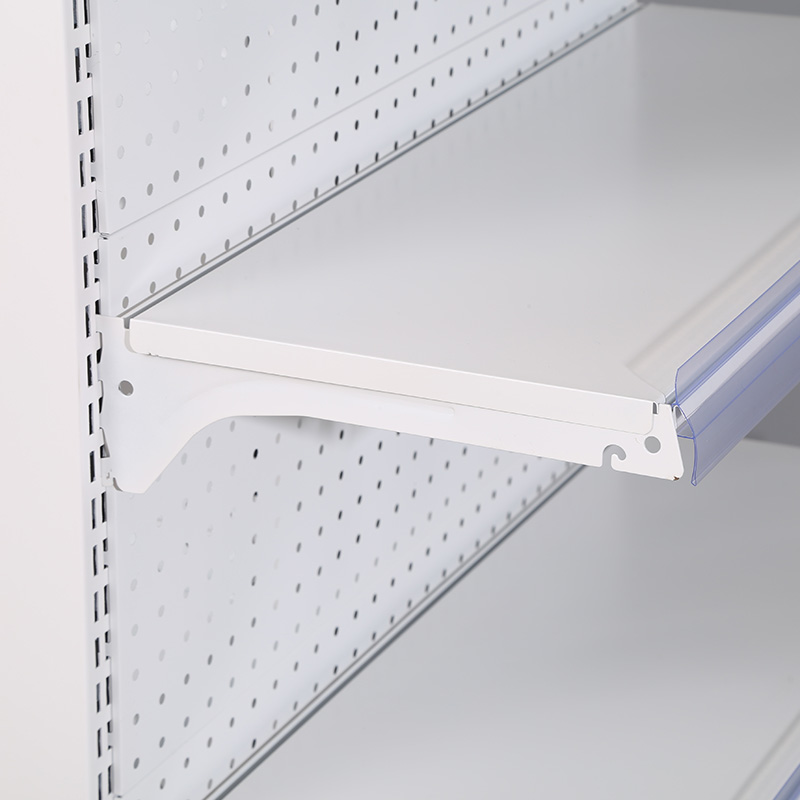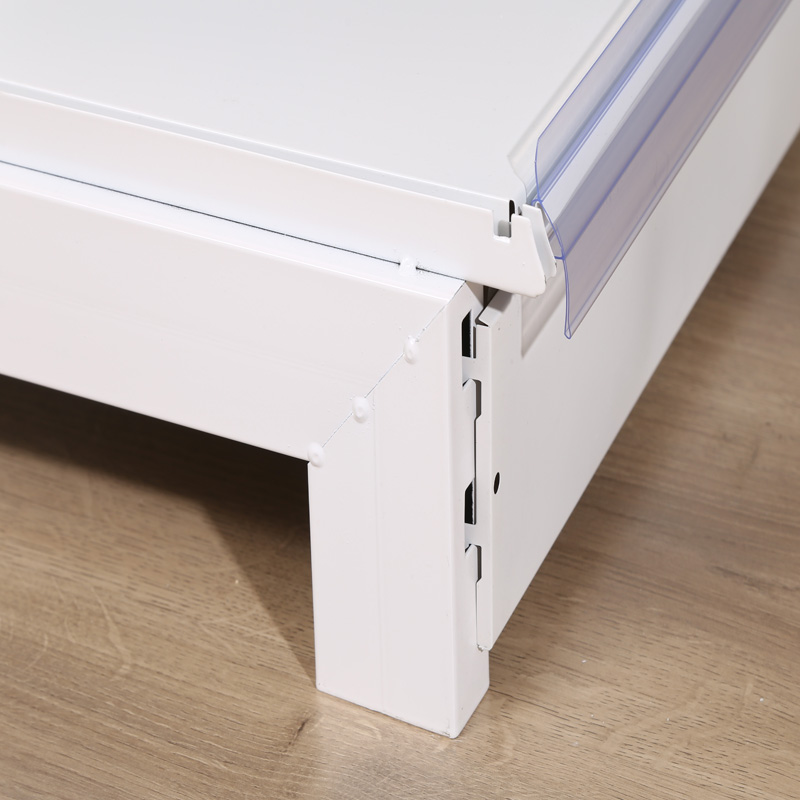Supermarket shelves are an indispensable piece of equipment in today's retail industry. They not only provide space for displaying and storing merchandise, but also improve the overall sales efficiency of the supermarket. The following are industry trends, applicable locations and installation processes related to supermarket shelves.
Industry News: The supermarket shelf industry has developed rapidly in recent years, mainly affected by changes in demand in the retail market and consumer shopping experience. With the rise of e-commerce and online shopping, traditional supermarkets are facing huge competitive pressure, so they are paying more attention to improving their internal marketing and display capabilities. This means that the demand for shelves continues to increase. At the same time, with the advancement of the times and the development of technology, supermarket shelves have begun to adopt more intelligent designs, such as installing LED light bars, digital displays, etc., to improve product display effects and customer shopping experience.
Applicable places: Supermarket shelves are suitable for all types of retail locations, including not only traditional supermarkets and convenience stores, but also large shopping malls and shopping centers. These places usually need to display a large number of products, and shelves can provide ample space to display a variety of products, such as food, beverages, household items, and electronic products.
In addition, supermarket shelves are also suitable for displaying special commodities such as clothes, shoes, books and cosmetics. Therefore, whether it is a large or small retail establishment, shelves are essential.
Installation process: The installation process of supermarket shelves usually requires following the following steps: Planning and design: Determine the type, size and arrangement of shelves based on the supermarket's layout and product display needs. This usually requires taking into account factors such as the structural stability, adjustability and loading capacity of the rack. Preparation: Clear the supermarket space, make sure the area where the shelves will be installed is clean, and make sure there is enough work area to assemble the shelves.
Assemble the shelf: Assemble the components of the shelf according to the planning and design plan. This usually requires using tools and tightening screws etc.
Install accessories: As needed, install accessories for the shelves, such as fixtures, hooks, and lighting. These accessories can enhance the functionality and presentation of your shelves. Overall debugging and adjustment: Make sure all shelves are installed correctly and make adjustments to ensure they are level, smooth and beautiful.
Cleaning and Cleaning: After completing the installation, clean up the supermarket space and remove all clutter and trash. During the installation process, safety is crucial. When assembling and installing shelves, relevant work safety regulations must be followed to ensure the safety of workers and customers. To sum up, supermarket shelves play a vital role in the retail industry.
As the industry continues to develop, the demand for shelf displays and displays continues to increase. Whether in a large supermarket or a small convenience store, installing shelves is an important step in improving sales efficiency and enhancing customer shopping experience.


Post time: Nov-22-2023
